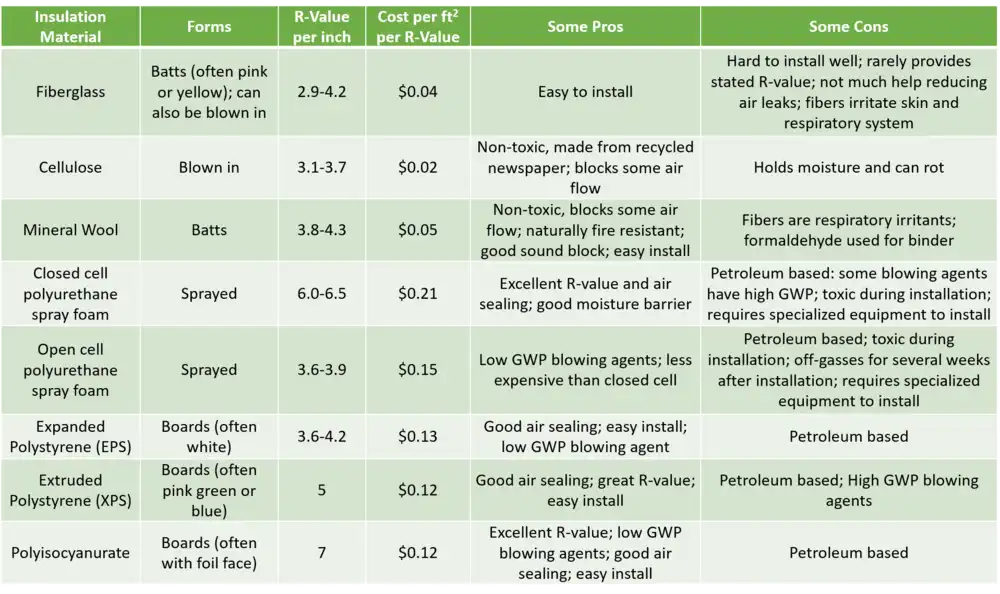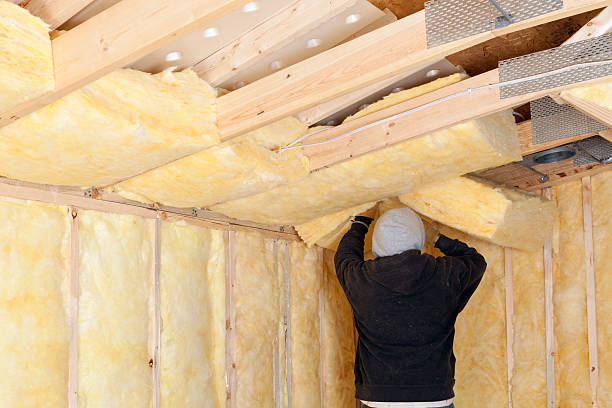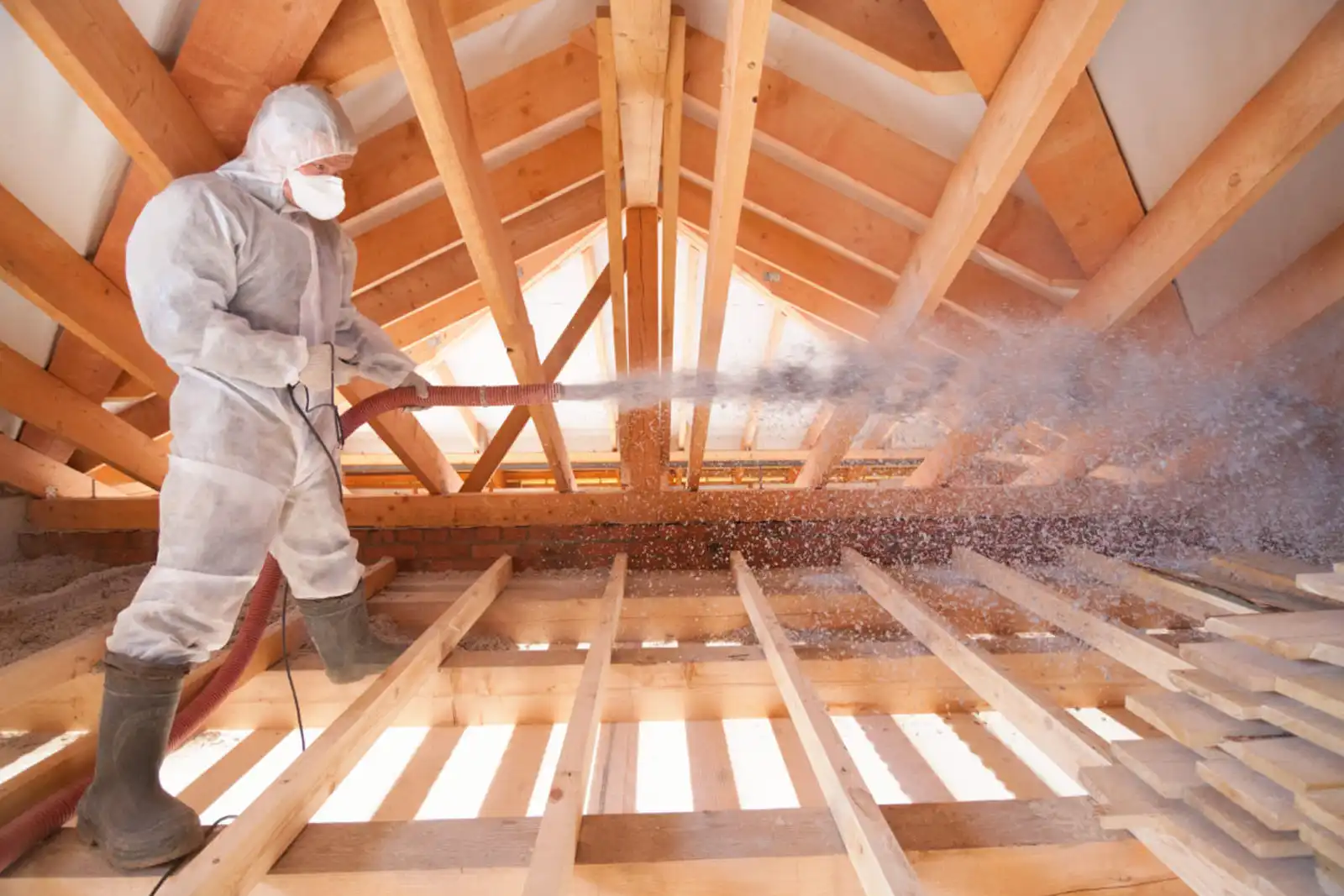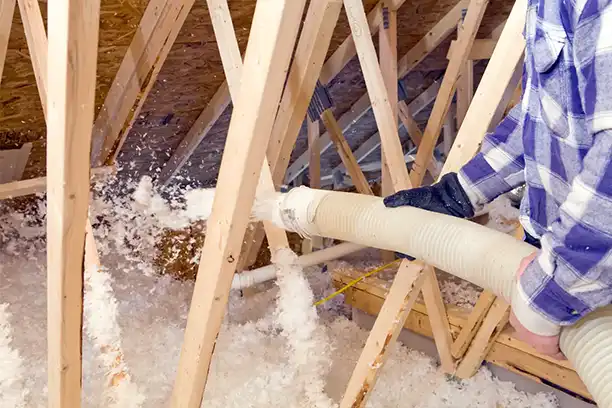Our team provides expert guidance to help you select the most effective insulation for your home’s specific structure and comfort goals. We look beyond quick fixes, focusing on smart, long-term solutions that improve energy efficiency, reduce drafts, and maintain a healthier indoor environment.
Below is a simple comparison chart to help you see how each insulation material measures up in performance, cost, and efficiency.

Batt (Blanket) Insulation

Batt insulation is one of the most widely used materials for homes, designed to fit standard framing sizes in walls, floors, and ceilings. Its R-value typically ranges from 3.1 to 3.7 per inch, providing reliable thermal resistance that can be tailored to your home’s specific climate needs. In addition to improving energy efficiency, batt insulation also offers strong sound-absorbing qualities, helping to create a quieter and more comfortable indoor environment.
Proper installation is essential to maximize its performance. Careful attention must be given to areas around electrical boxes, wiring, plumbing vents, and ductwork to prevent gaps or compression that could reduce effectiveness. These spaces are typically sealed with materials such as aluminum flashing, high-temperature silicone, or expanding foam to maintain a tight, consistent barrier.
Both fiberglass and mineral wool batts are naturally non-combustible, providing an added layer of safety while improving comfort and energy control throughout your home.




